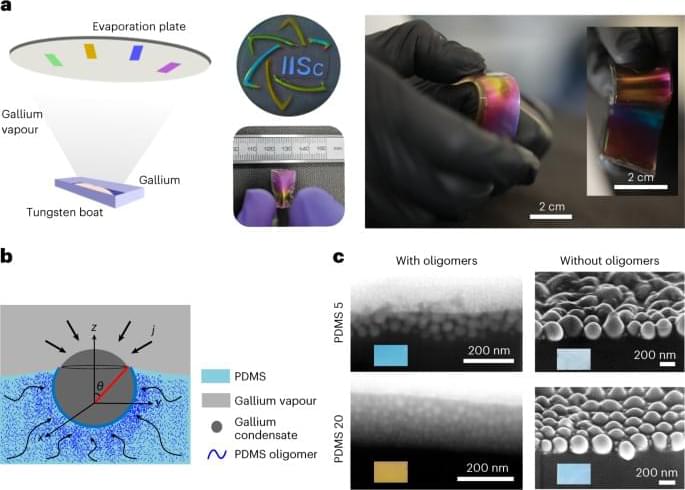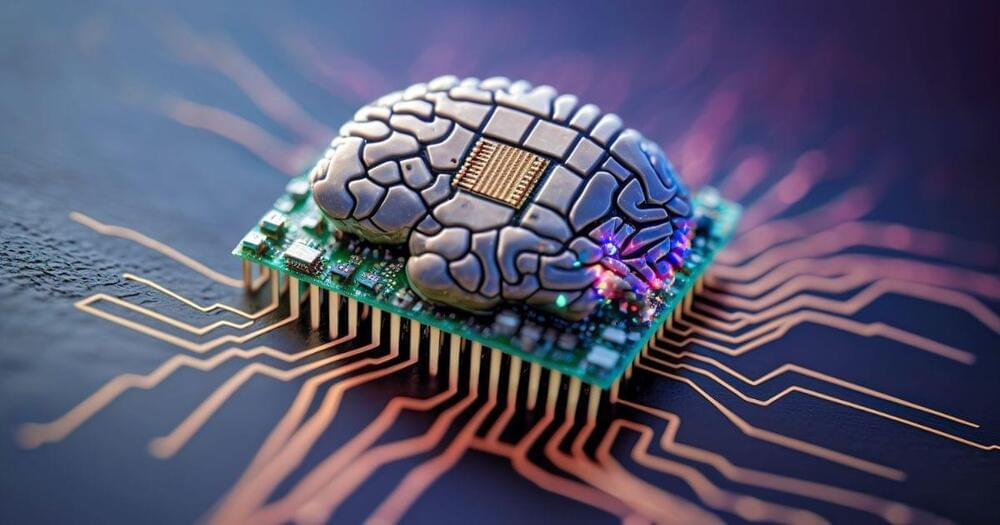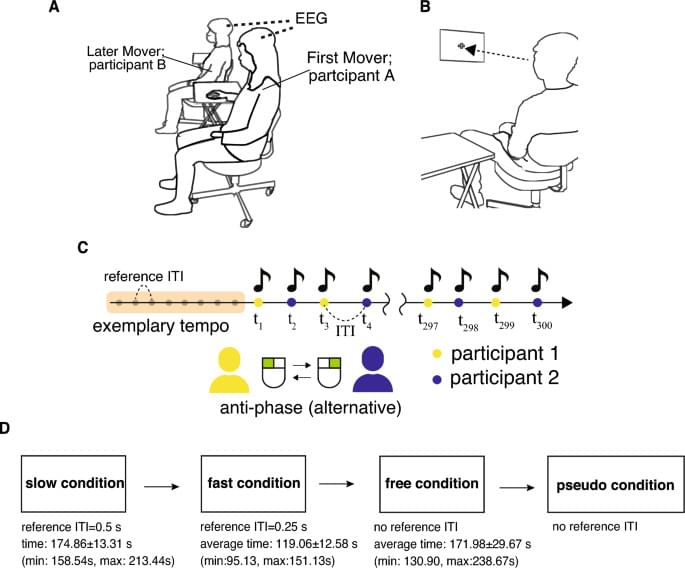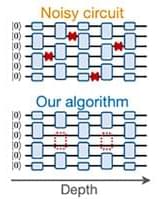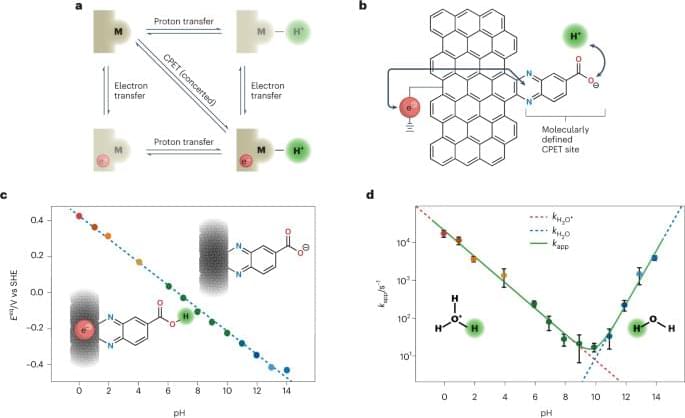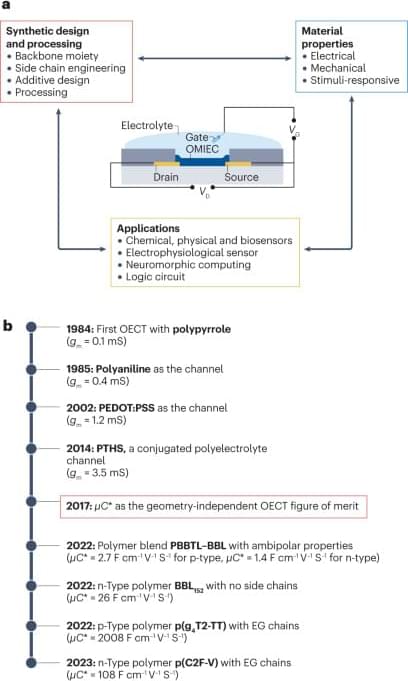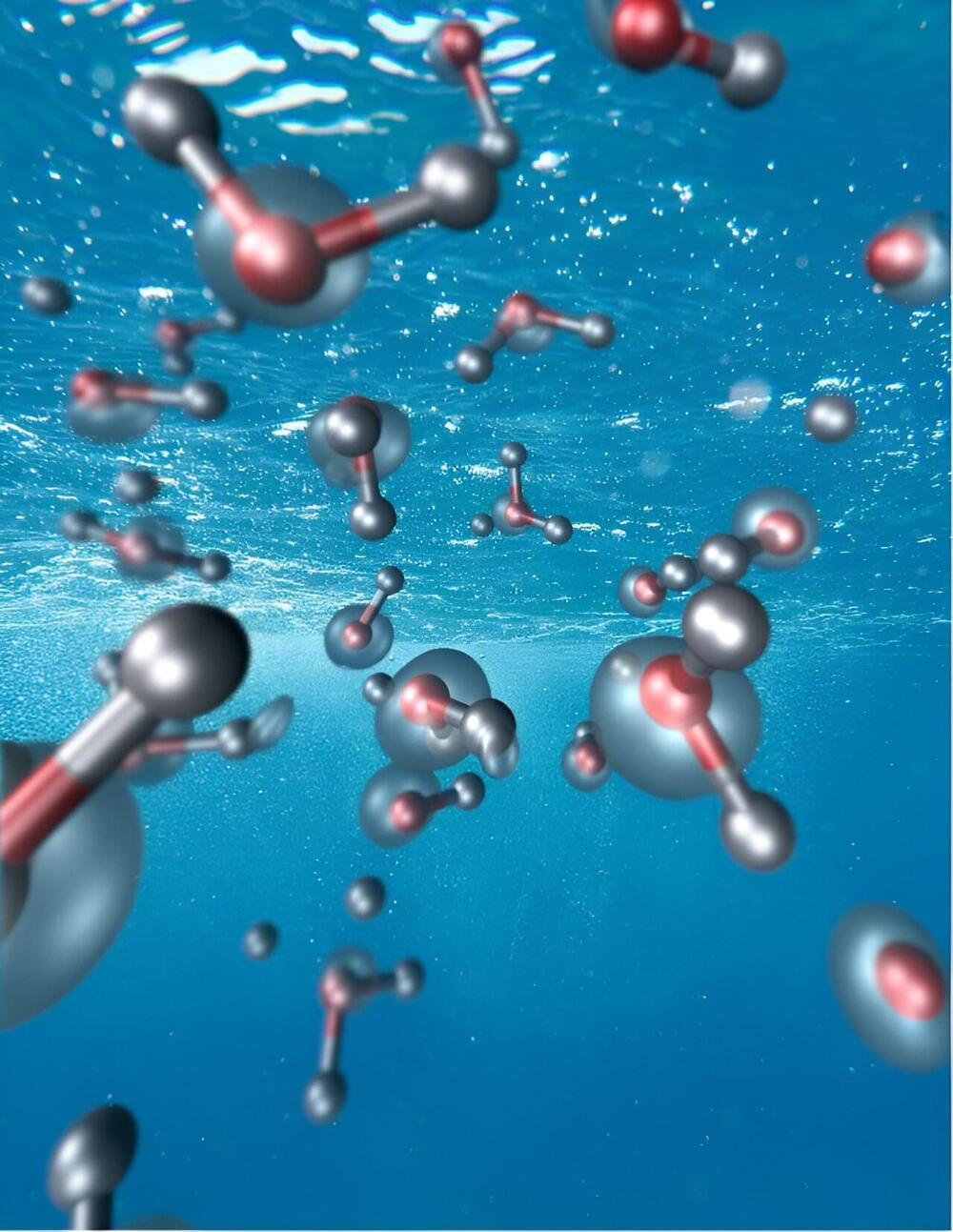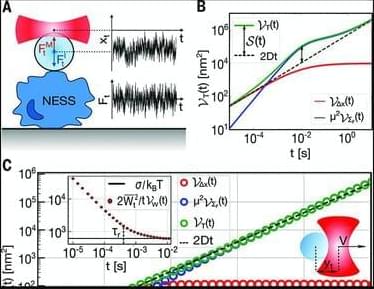Mar 1, 2024
Fabrication of mechanochromic gallium nanostructures by capillary interactions
Posted by Dan Breeden in category: nanotechnology
A process that leverages capillary interactions between oligomers in an elastomeric polydimethylsiloxane substrate and deposited Ga enables the formation of Ga nanodroplets with nanoscale gaps in a single step. Gap-plasmon resonances excited within the nanogaps give rise to structural colours that can be tuned by changing the oligomer content in the substrate or by mechanical stretching.
